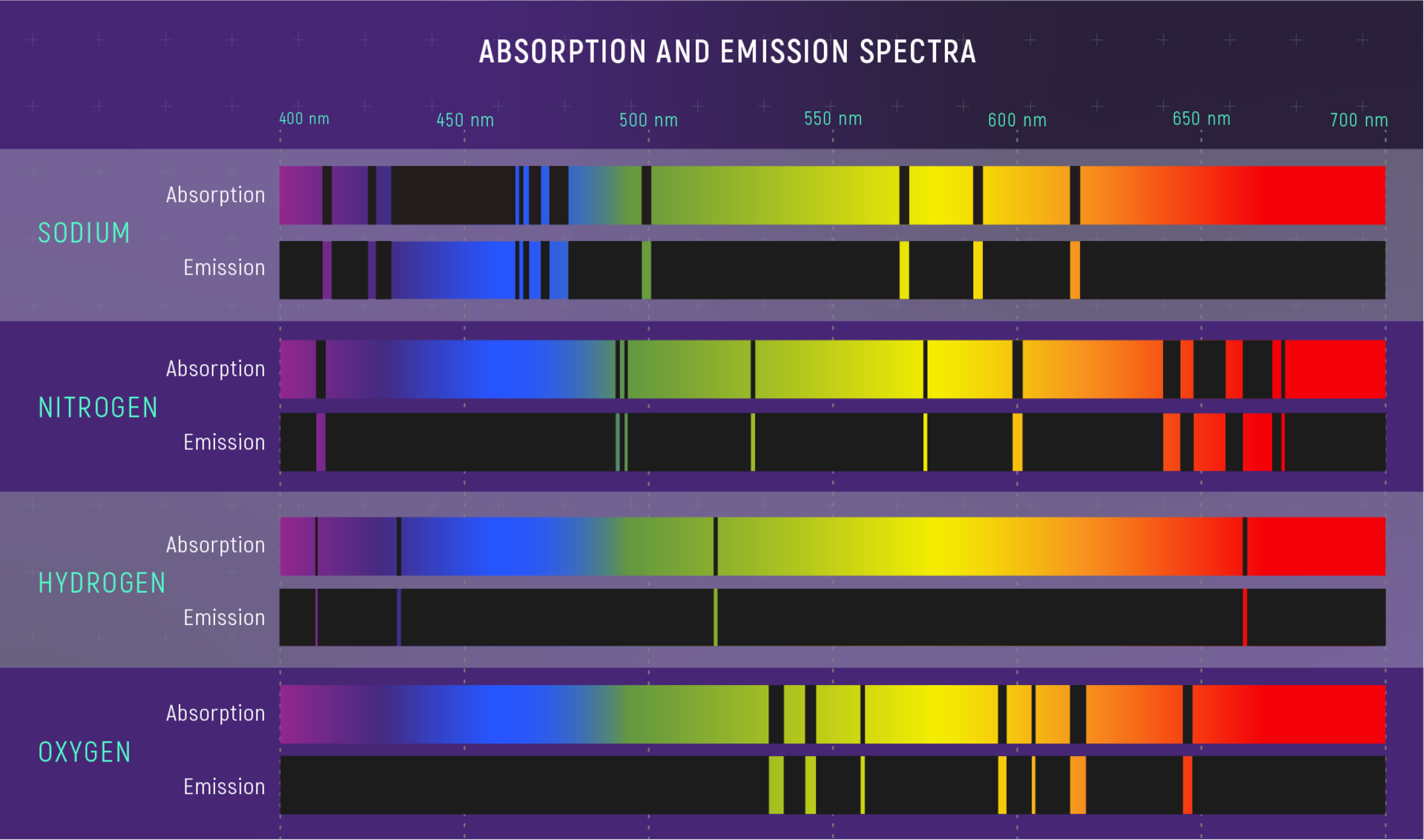Contents
Source: Wikipedia
Understanding Standard Spectral Lines
Introduction
Standard spectral lines play a crucial role in various scientific and technical applications. These lines, often derived from gas discharge lamps and laser sources, serve as important references for measuring wavelengths and characterizing optical materials.
Common Spectral Lines
Some of the standard spectral lines and their corresponding wavelengths include:
- Ultraviolet mercury line: 365.0146 nm
- Violet mercury line: 404.6561 nm
- Blue mercury line: 435.8328 nm
- Blue cadmium line (F’): 479.9914 nm
- Blue hydrogen line (F): 486.1327 nm
- Green helium-neon laser line: 543.5 nm
- Green mercury line (e): 546.074 nm
- Yellow helium line (d): 587.5618 nm
- Orange sodium line (D): 589.2938 nm
- Red helium-neon laser line: 632.8 nm
- Red cadmium line (C’): 643.8469 nm
- Red hydrogen line (C): 656.2725 nm
- Red helium line (r): 706.5188 nm
- Infrared cesium line (s): 852.11 nm
- Infrared mercury line (t): 1013.98 nm
Applications and Significance
These standard spectral lines are utilized in various fields such as spectroscopy, metrology, and optical material characterization. They provide precise references for calibrating instruments and analyzing the properties of optical components.
Further Exploration
For a more comprehensive list of spectral lines, including those generated by lasers, refer to additional resources on this topic.

Source: European Space Agency
Feel free to comment your thoughts.


